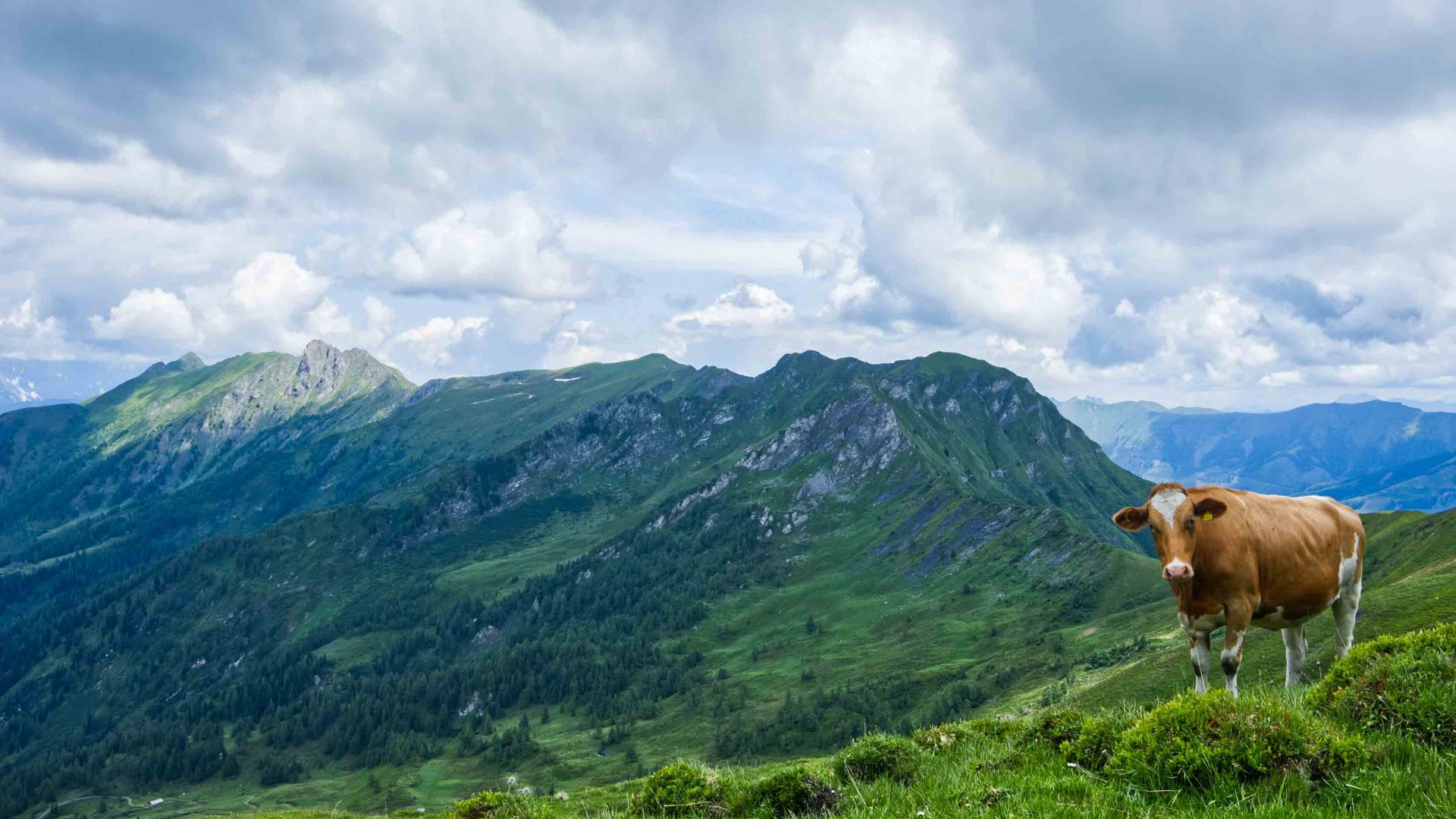
What happens when an Austrian farmer gives up a family tradition, swapping his cattle for row upon row of vegetables and grains? That’s what Simon Vetter has done to combat monoculture, overgrazing of land, and to tackle climate change.

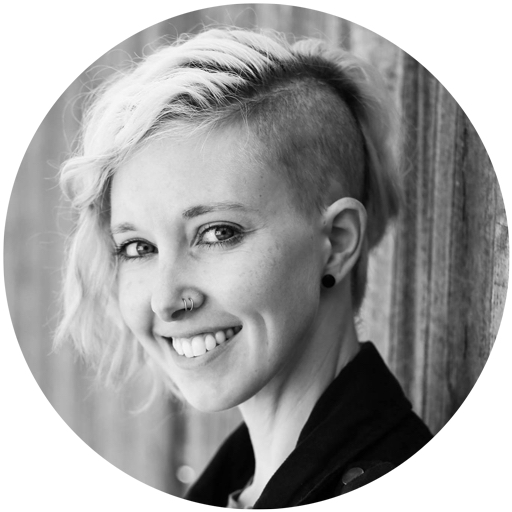
What happens when an Austrian farmer gives up a family tradition, swapping his cattle for row upon row of vegetables and grains? That’s what Simon Vetter has done to combat monoculture, overgrazing of land, and to tackle climate change.
The facts aren’t easy to chew on. Cattle account for the largest amount of agricultural greenhouse gasses worldwide and the methane they produce is 28 times more potent than carbon dioxide. About 60-80 percent of the total grain harvest worldwide and 80 percent of soy is grown to feed animals. Something clicked, and he realized that he and his farm were part of the problem “We’re living on a cattle planet,” says Simon Vetter, farmer at Vetterhof Farm in Lustaneau, Austria. “Just imagine if we were able to use part of this land to cultivate veggies or grains for human consumption.”
As I walk around the farm with Vetter, there is little that remains to suggest that these 22 hectares in Austria’s fertile Vorarlberg region have ever been grazed by cattle.
The barn has been cleared and converted to storage space for tractors and tools. There is no melodious tinkling of brass bells undulating on the breeze, filling the air with the sounds iconic to this region. No milky-brown cows leisurely meandering across open fields. That’s because four years ago, Vetter defied hundreds of years of family tradition, selling his entire herd. The goal? To revamp what Austrian agriculture can look like for future generations to come.
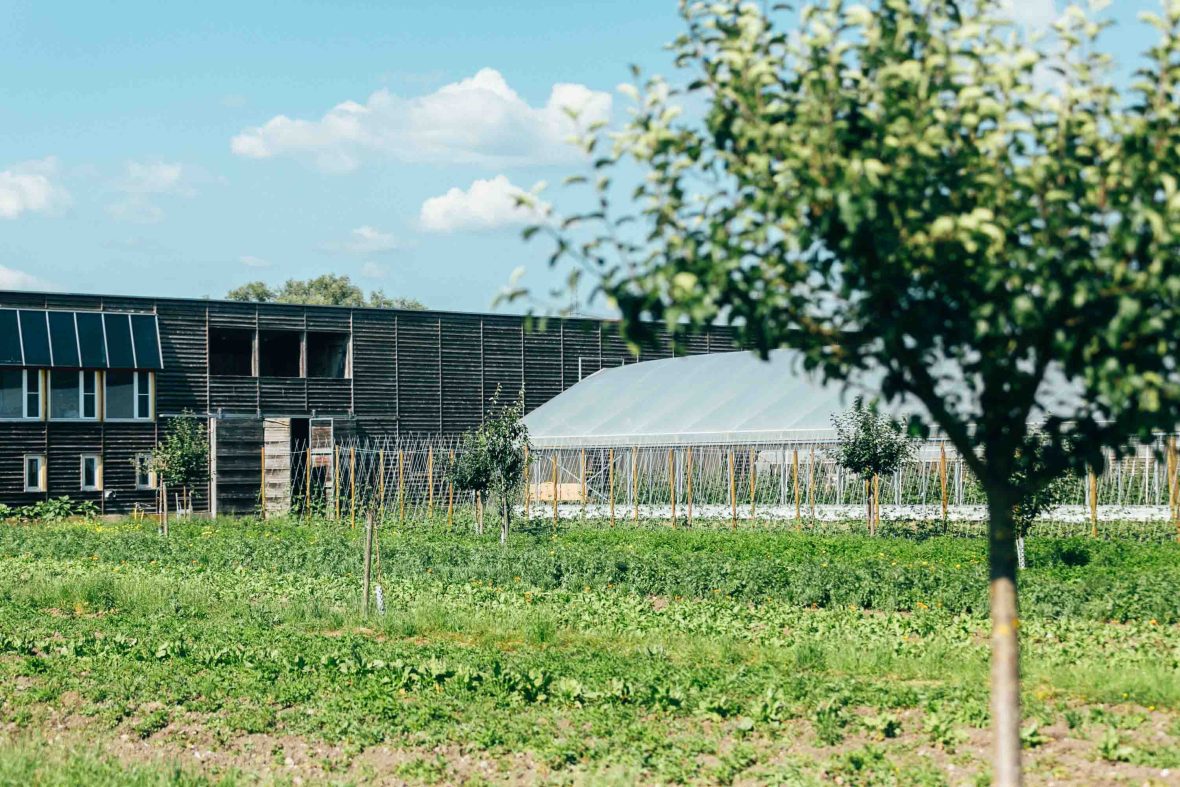
His reasoning for effectively altering the direction and focus of not only his life, but the history of the farm itself, isn’t a common one. It wasn’t about economic concerns or decreasing the amount of work involved in raising cattle. It wasn’t even about the culture of cattle farming, which is robust in both practice and tradition in Austria. It was about climate change.
As Vetter, who took over the farm from his parents in 2016, learned more about climate change and how closely related it is to animal agriculture, he found the numbers staggering. Of the entire global biomass of mammals, only four percent is wild. Sixty percent is livestock, mostly raised for human consumption (humans account for 34 percent). Approximately half of all inhabitable land worldwide is used for livestock, but it provides only 18 percent of the world’s caloric intake.
The change also means Vetter and his team, including his brother Raphael, have more time to spend with friends and family than they did before. “I can go on holidays now,” he laughs.
In 2020, he sold his cattle in favor of cultivating edamame and fava beans. Now, he grows the same amount of protein on one hectare of land that would have required 30 before, with virtually no methane emissions. The farm grosses the same amount of income using just 25 percent of the land and employs four times the people it once did.
Although the data is clear, Vetter’s decision wasn’t an easy one. “I basically grew up with cattle,” he explains. His first job was as an assistant to a herdsman in the summer in the Austrian Alps and cattle farming has been a family occupation for generations. “From an emotional perspective, it was a bit of a tricky thing for me,” he recalls. It felt like laying to rest a rich history, a way of life.
But he hasn’t looked back. For starters, running the farm on a day-to-day basis is far less stressful than it once was. “I think people underestimate the responsibility you have if you have cattle. It’s a 24/7 responsibility,” Vetter says, citing late nights rounding up calves that wander off or difficult births and sick animals that lead to stressful days on the farm. Produce is different. “If I mess up a batch of salad, it’s just a batch of salad. If I make mistakes with a living animal, that’s a massive difference,” he says.
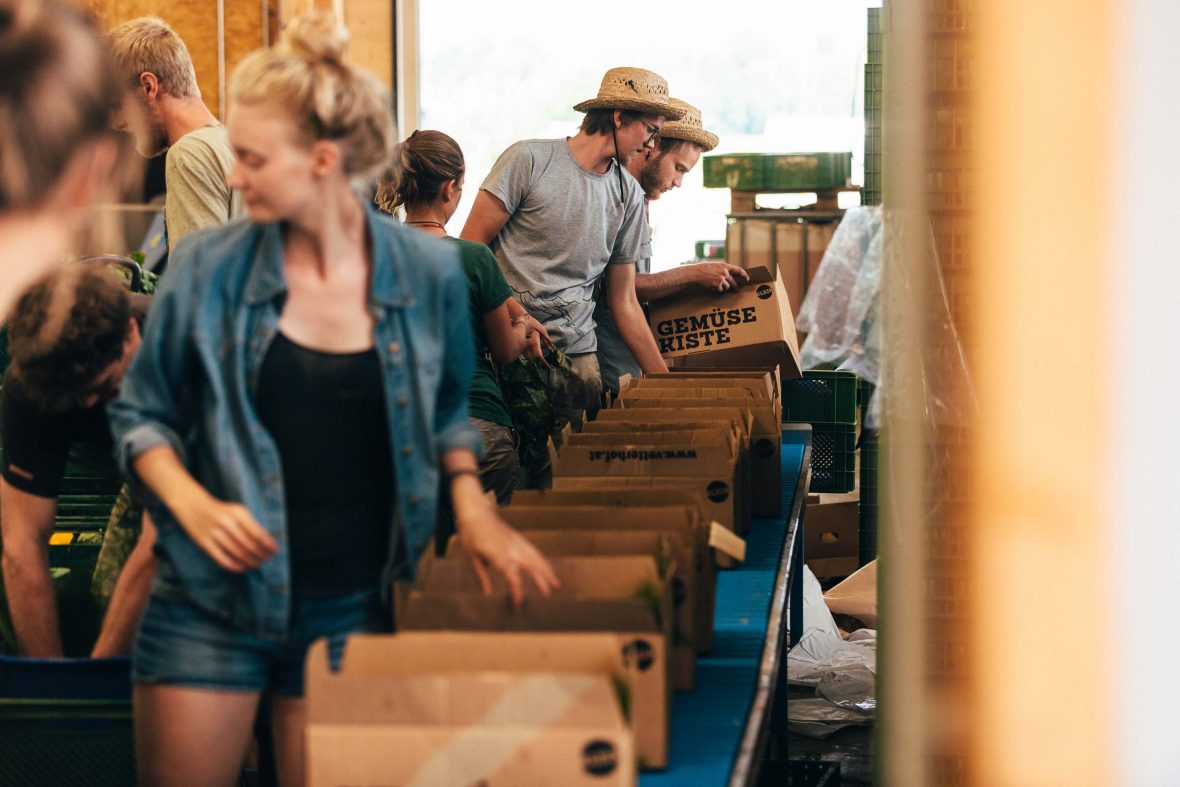
But the change also means Vetter and his team, including his brother Raphael, have more time to spend with friends and family than they did before. “I can go on holidays now,” he laughs. He also has more time to ski with his son and travel.
Of course, there was a learning curve as Vetter pivoted to growing veggies instead of livestock, but now spelt, cabbage, potatoes, and carrots color the landscape. Four greenhouses contain rows of tomatoes, chilies, cucumbers and peppers, which fill weekly produce boxes year-round for customers.
“We are producing happy moments: We are producing something and people come together and eat together.”
- Simon Vetter
These boxes are Vetterhof’s flagship offering, and they’re flush with watermelon radishes, greens and beets, but also occasionally recipes from local chefs highlighting how to utilize some of the less conventional produce like parsnips (“Make ice cream,” suggests Chef Milena Broger from Café Weiss in Bregenz, Austria).

His fellow ranchers have taken a bit longer to wrap their heads around Vetter’s decision, occasionally asking if he still feels like a farmer now that he doesn’t have cattle.
“It’s completely bizarre,” he remarks, citing the stronghold the meat-based culture has on much of society. A culture that isn’t aided by the fact that much of the Austrian landscape is more or less shaped, managed, and maintained by grazing cattle.
Fortunately for Vetter, the culture seems to be shifting and he’s happy to be part of the movement. Not only does the farm provide produce boxes to some 800-1,000 individual customers a week, but it also keeps many local kitchens stocked with fresh veggies, from five-star restaurants to school lunchrooms.
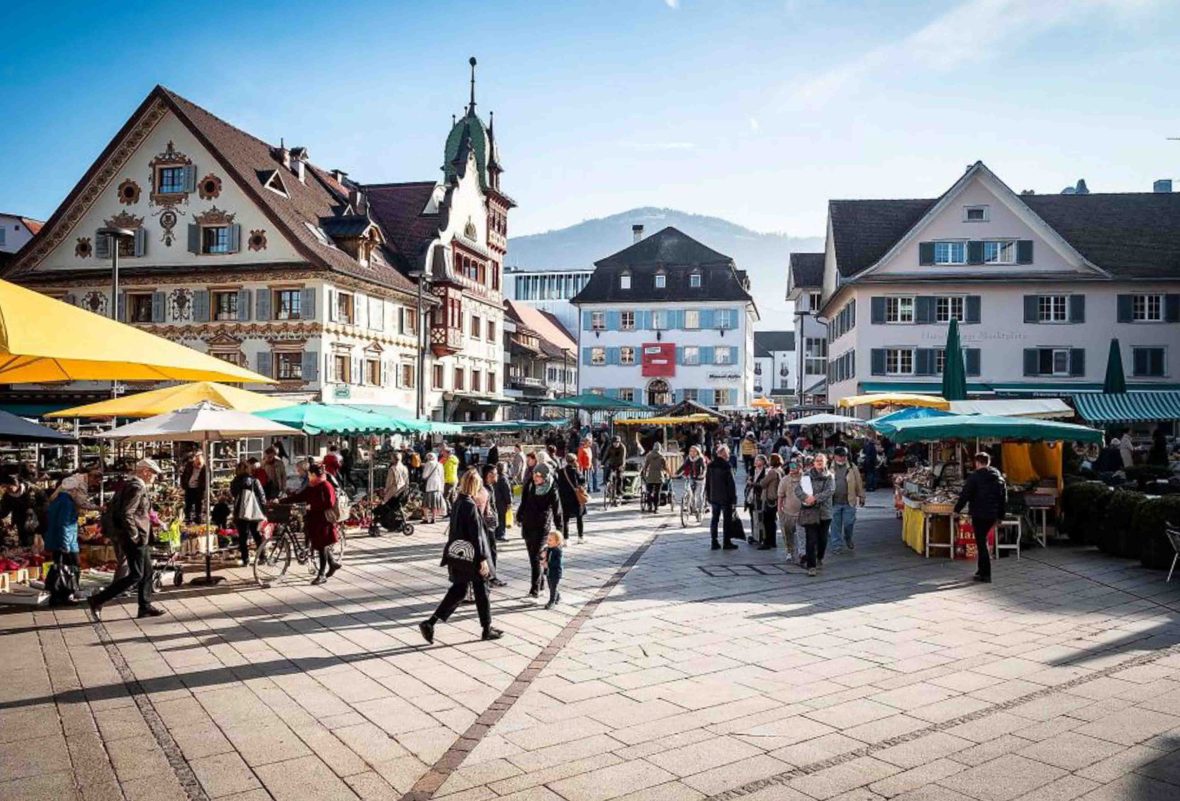
He’s also leaned into community outreach and education, partnering with chefs and hosting dinners and vegetable tastings on the farm. Visitors can drop by the farm shop on Fridays or stop by the booth at the farmers market in Dornbirn on Saturdays and purchase produce, pickled fruit, even beet schnapps, and while they’re there, interact with farmers, sample what fresh lettuce should taste like, and learn.
“I think it’s the best job ever,” Vetter says now. “In the end, we are producing happy moments: We are producing something and people come together and eat together.” In his mind, that’s what Austrian tradition and hospitality has always been about.
***
Adventure.com strives to be a low-emissions publication, and we are working to reduce our carbon emissions where possible. Emissions generated by the movements of our staff and contributors are carbon offset through our parent company, Intrepid. You can visit our sustainability page and read our Contributor Impact Guidelines for more information. While we take our commitment to people and planet seriously, we acknowledge that we still have plenty of work to do, and we welcome all feedback and suggestions from our readers. You can contact us anytime at hello@adventure.com. Please allow up to one week for a response.

Alisha McDarris is a journalist and photographer. Growing up with a love of travel and outdoor adventure, sustainability also became more important to her. Now, all three are the focus of her writing and photography work in Backpacker, Popular Science, Hemispheres, American Way, Austin Monthly, CultureMap, Eater, The New Zealand Herald, Roadtrippers and more.
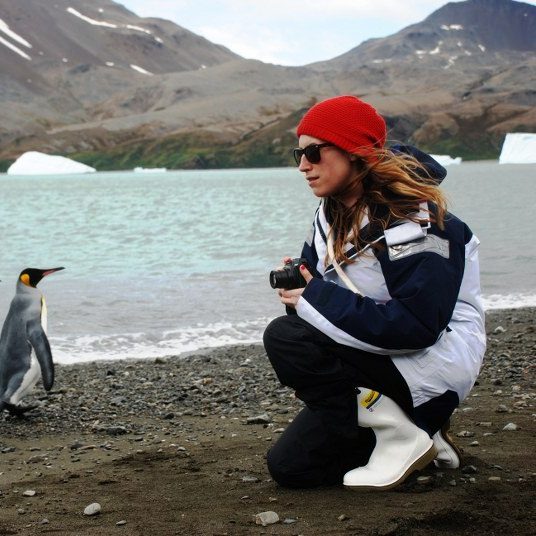
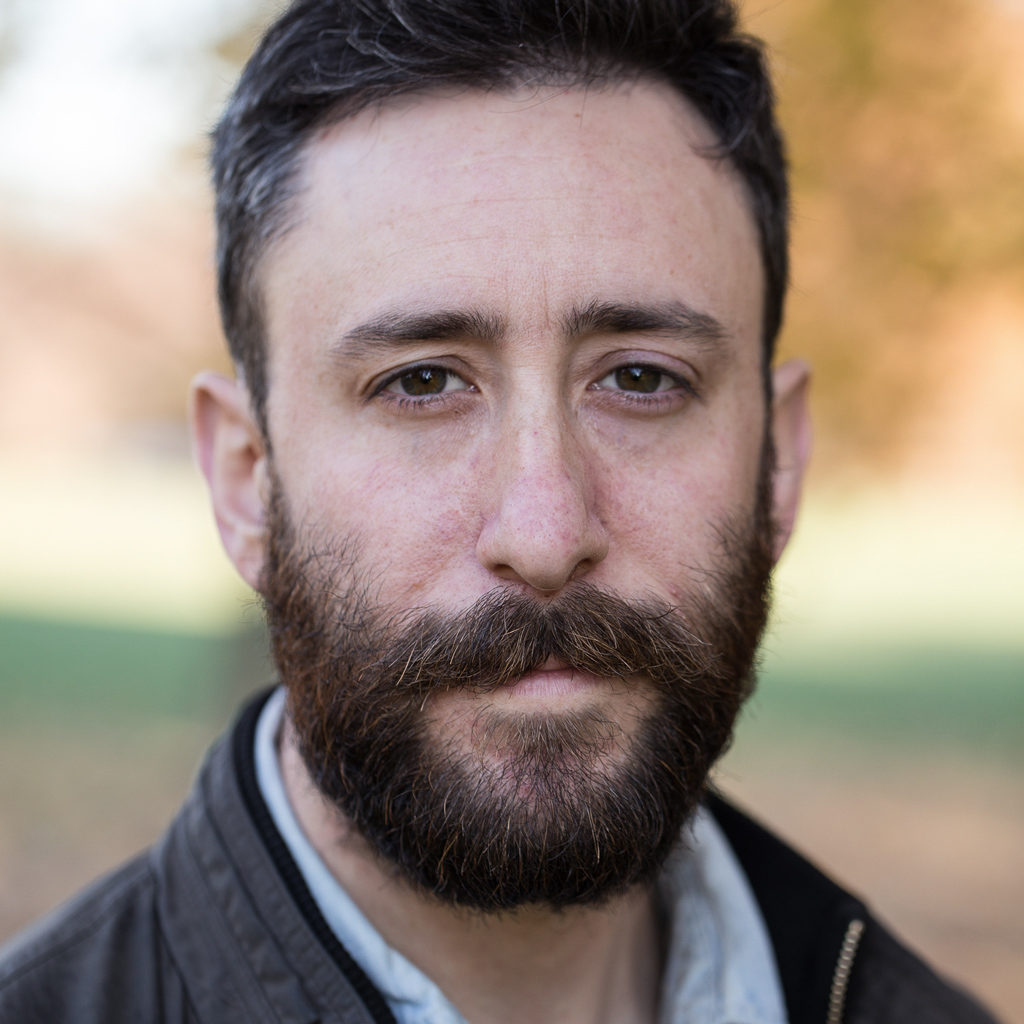

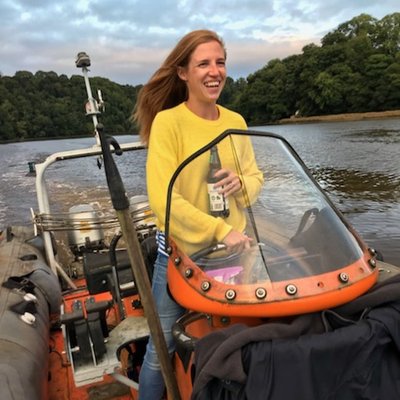

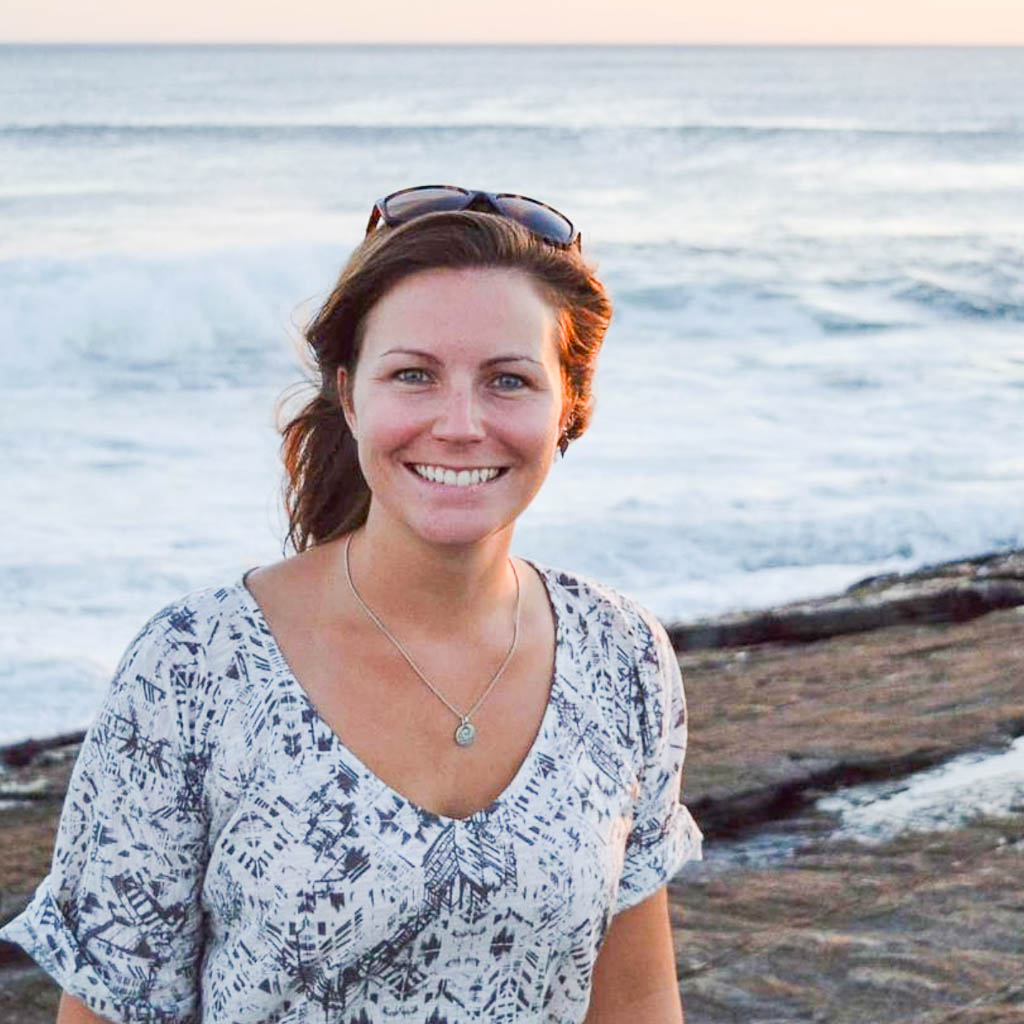

Can't find what you're looking for? Try using these tags: